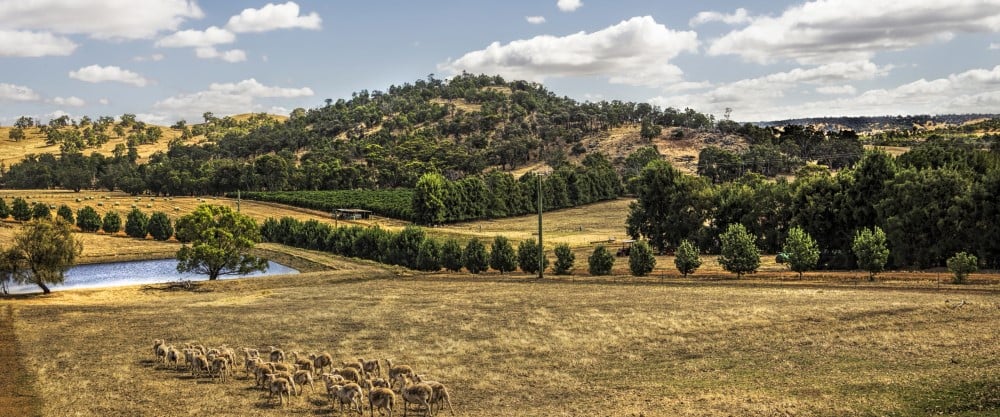As the ongoing and increasingly volatile impacts of climate change continue to emerge, the agriculture sector needs to look at the way things are done, and seek more environmentally and ecologically friendly approaches to managing the complex ecosystems of which we are a part.
MLA is exploring a variety of nature-based projects which we hope can help uncover sustainable, long-term solutions to the increasingly complex and urgent issues facing our ecosystems.
One example is the MLA-supported Dung Beetle Ecosystem Engineers project, which is expanding the range of dung beetles in Australia, and digging deep to better understand how introducing these beetles can be beneficial for livestock producers. The results show us that dung beetles play three vital roles in the preservation of farmland ecosystems – in soil health, carbon storage, and the control of bush fly populations.
The benefits of burying dung
In the open air, cattle dung is an ideal breeding ground for flies and livestock parasites. Dung beetles can play a vital role in preventing this, by burying dung underground as their primary food source. Beetles are so efficient at the burying process that they don’t leave fly maggots that have been laid in the dung time to develop
And there are other beneficial by-products of introducing beetles. The buried dung eventually becomes valuable fertiliser, helping preserve the long-term health and viability of the soil, which in turn increases the soil’s carbon storage capacity.
It may sound like using dung beetles to preserve ecosystems should be a relatively simple process. However, the reality is that there is no one variety of beetle which can do the job all over Australia, given the hugely diverse climates and ecosystems we have. That’s why we invest in programmes like the Dung Beetle Ecosystem Engineers project, which ensures the most appropriate beetles are used in each climate, season and local ecosystem.
Global efforts to maximise the role of nature-based solutions in climate mitigation
Australia is not alone in its bid to discover the most effective nature-based solutions to help protect local environments. Agricultural sectors across the world are looking back to nature to see where more could be done.
One such solution, recently championed during New York’s 2019 Climate Week, is the role grasslands can play in carbon sequestration. Another aspect of land management that’s seen as increasingly important is maintaining an optimum tree-grass balance, thanks to its impact on water and soil nutrient cycling and the prevention of erosion and salinity.
More Information
Article Date: 20th January 2020

